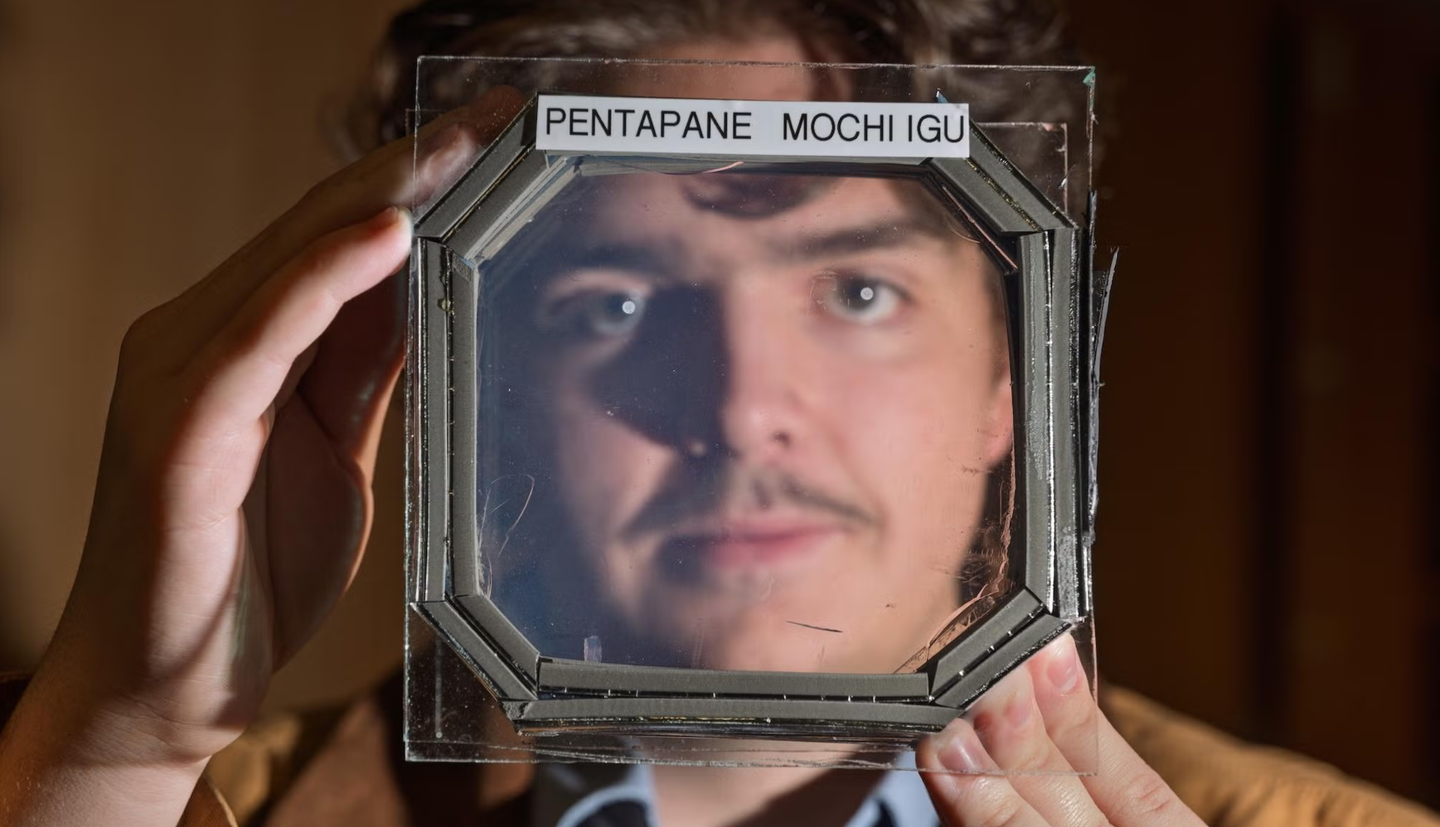Experimental drug reduces tics in children, teens with Tourette Syndrome
Tourette syndrome is a neurological disorder characterized by motor and verbal tics, which are repetitive movements and vocalizations.

[Apr 1, 2022: Natalie Conrad, American Academy of Neurology]
Tourette syndrome is a neurological disorder characterized by motor and verbal tics, which are repetitive movements and vocalizations. (CREDIT: Creative Commons)
According to a new preliminary study, children and teens with Tourette syndrome who are treated with an experimental drug called ecopipam may have improved scores on tests of tic severity three months later. Tourette syndrome is a neurological disorder characterized by motor and verbal tics, which are repetitive movements and vocalizations prompted by an irresistible urge to produce them.
“Our results are exciting, because they suggest ecopipam shows promise as a treatment for reducing the number, frequency and severity of the tics young people experience with Tourette syndrome,” said study author Donald L. Gilbert, MD, of the Cincinnati Children’s Hospital Medical Center in Ohio, and a Fellow of the American Academy of Neurology. “That’s especially true because many people with the disease who are taking the medications currently available still have debilitating symptoms or experience weight gain or other side effects.”
The research looked at 149 children and teens between the ages of six and 17 with Tourette syndrome. They were divided into two groups: 74 were treated with ecopipam, 75 with a placebo.
Researchers measured the severity of participants’ tics using two common tic rating scales at the beginning of the study and again three months later. The first test measures the motor and vocal tics and has a maximum score of 50. The second test looks at overall tic symptoms and severity of tic-related impairment. It has a maximum score of 100. Higher scores on either of the tests indicate more severe symptoms and negative effect on daily life.
Related Stories:
After three months, researchers found that the group taking ecopipam had fewer and less severe tics and were doing better overall according to both test scores.
On average, the participants taking ecopipam improved their motor and vocal tic severity score from 35 to 24, a decrease of 30%. That’s compared to those taking placebos, who improved from an average tic severity score of 35 to 28 during the same time, a decrease of 19%.
When researchers looked at scores for the second test to evaluate the overall effectiveness of ecopipam, they found that those taking the medication improved from an average score of 68 to 46, a decrease of 32%, compared to those taking a placebo, who improved from an average score of 66 to 54, a decrease of 20%.
Gilbert noted that 34% of the participants taking ecopipam experienced side effects like headaches and fatigue, while 21% of those taking placebos did.
“Previous research suggests problems with dopamine, a neurotransmitter in the brain, may be linked to symptoms of Tourette syndrome, and that D1 dopamine receptors play a key role,” Gilbert said. “Dopamine receptors are found in the central nervous system. When they receive dopamine, they create signals for various mental and physical functions like movement. Different receptors help control different functions. While ecopipam is still in the testing phase, it is the first drug to target the D1 receptor instead of the D2 receptor, which is the one targeted by medications currently on the market. Our results demonstrate that ecopipam deserves more study as a viable treatment option for Tourette syndrome in young people in the future.”
A limitation of the study is its three-month length. Gilbert noted that although it is standard for this type of study, it will be important to learn if symptom improvements persist longer.
The study was supported by Emalex Biosciences, LLC.
Note: Materials provided by American Academy of Neurology. Content may be edited for style and length.
Like these kind of feel good stories? Get the Brighter Side of News' newsletter.
Tags: #New_Discoveries, #Tourette_Syndrome, #Drugs, #Medical_News, #Children, #Science, #Research, #The_Brighter_Side_of_News



